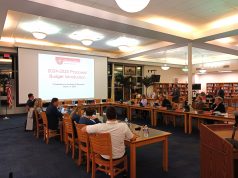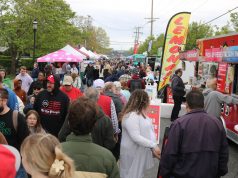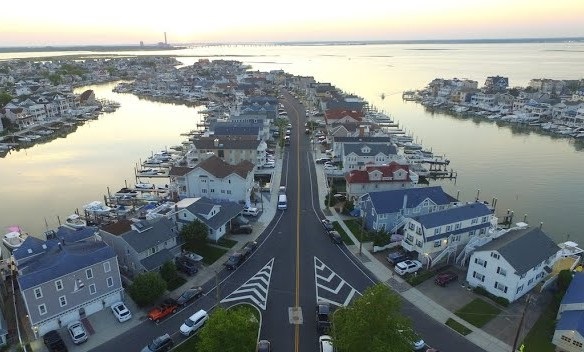
By DONALD WITTKOWSKI
Bill Dorney, who has owned a house on West 17th Street since the 1980s, has experienced some monumental flooding in his bayside neighborhood since that time.
“In my area, we’ve had as much as three feet of water, and it will stay longer and longer,” Dorney explained of the lingering floodwaters.
West 17th Street is an enclave of mostly upscale bayfront homes accessible by crossing a tiny bridge off Bay Avenue. The neighborhood, essentially a narrow island jutting out into the back bay, is vulnerable to tidal flooding because of its location and the low-lying topography.
Hoping to reduce the chronic flooding, Ocean City is preparing to start construction on a nearly $1.5 million project that will include a stormwater pumping station, new drainage and outfall pipes, elevating the road where possible, repaving and landscaping improvements.
The contractor will begin staging equipment this week and start construction next week, according to a tentative timetable released Wednesday by city spokesman Doug Bergen.
Work will continue through the spring and then the roadway will be temporarily restored for the summer. Pipe and pump station work will be completed and final paving will take place after the summer and be finished before summer 2024, Bergen said.
The centerpiece of the project is the pumping station to clear flooding from the neighborhood much faster than waiting for the water to recede by itself back into the bay. Ocean City has been installing pumping stations throughout the island in recent years to fight flooding.
Separately, the New Jersey American Water company is undertaking a $3 million modernization of its water and sewer system on West 17th Street. The current water and sewer system dates to the 1950s.
The city and New Jersey American Water say they will coordinate their projects to reduce construction disruptions in the neighborhood.
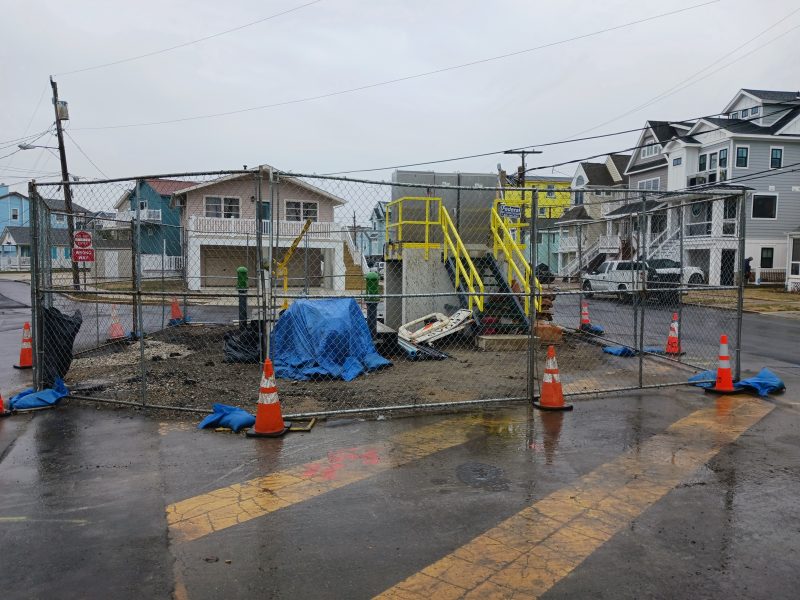
As part of the New Jersey American Water project, the company is building a wastewater pumping station that is one of the first things drivers see as they enter the neighborhood. Surrounded by a chain-link fence during the construction phase, the pump station includes stairs leading up to metal boxes that contain the control panels.
New Jersey American Water’s renderings of the project show that the pump station will be hidden by trees and shrubbery when it is completed to try to minimize its presence in the residential neighborhood.
Dorney laments that the wastewater pumping station has taken the place of a quaint area of trees and flowers once maintained by his wife, Donna, for about 30 years. He suggests that the pump station should be disguised as a fake lighthouse to make it more aesthetically pleasing for the neighborhood.
“They’re going to try to make it look good,” he said of New Jersey American Water’s plan to surround the pumping station with landscaping. “But right now, it looks terrible.”
Dorney has owned his current home on West 17th Street since 1987. It serves as a summer vacation retreat for him and his wife. He previously owned another home on 17th Street starting in 1982, so he is intimately aware of the chronic flooding that has swamped the neighborhood for decades.
“On a medium flood tide, it goes into my street and goes into my brother-in-law’s garage,” he said.
Dorney said the floodwater in the street is so high at times that the only way he and his neighbors can get out of their homes is to use the docks in the back of their houses as an escape route.
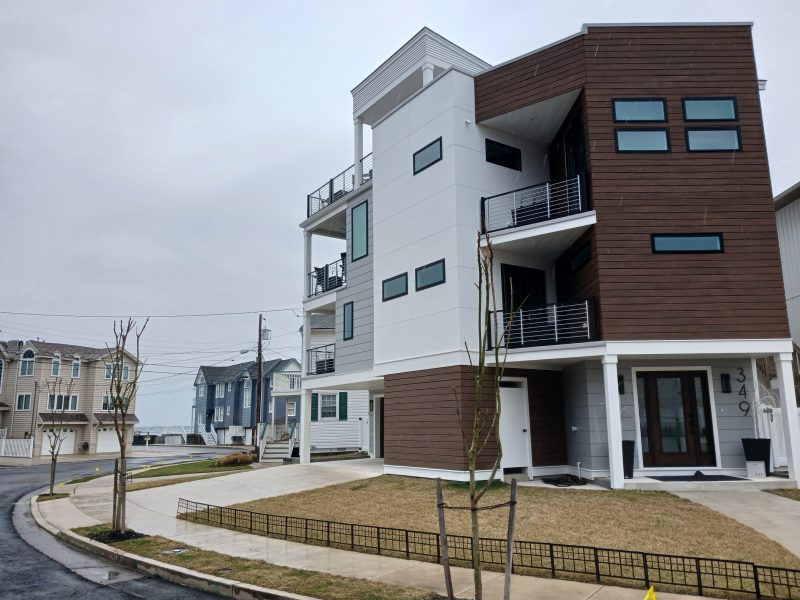
Although Dorney remains hopeful that the city’s project will ease flooding on West 17th Street, he stressed that it is crucial for all of the homeowners to raise or renovate their bulkheads along the bay to also help keep stormwater from invading the neighborhood.
Low or deteriorated bulkheads or seawalls are the proverbial weak link that could undermine the overall effort to reduce flooding, he said.
“If there’s flooding from high tides and there’s a low seawall, this pumping station won’t do anything,” he said. “It breaks the seawall and builds very quickly.”


